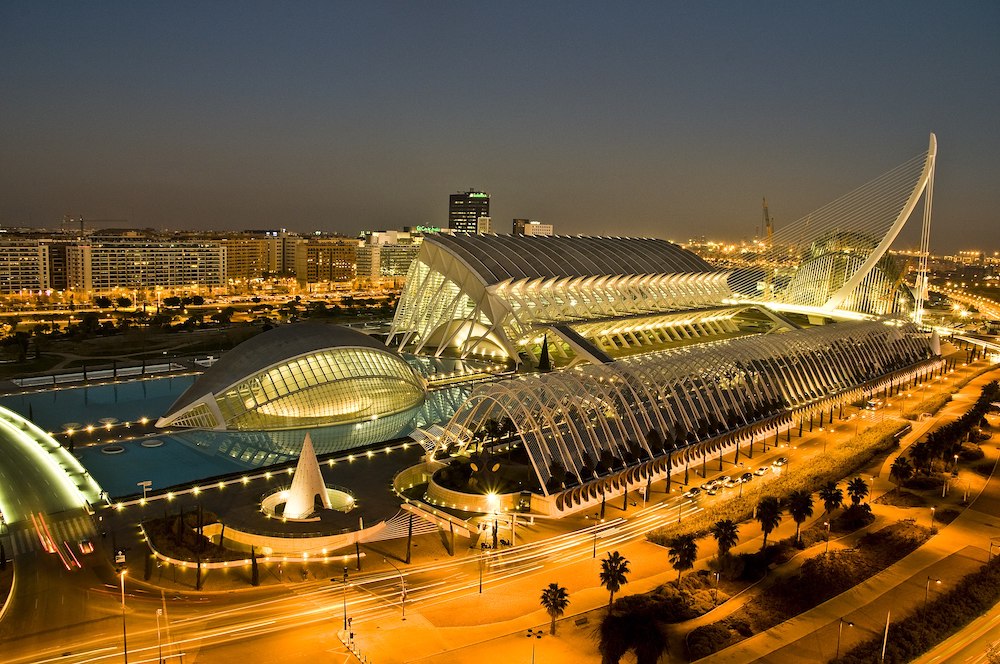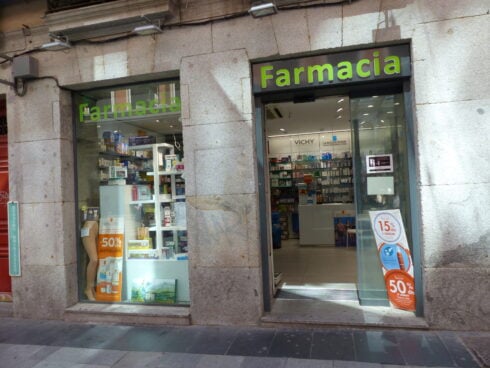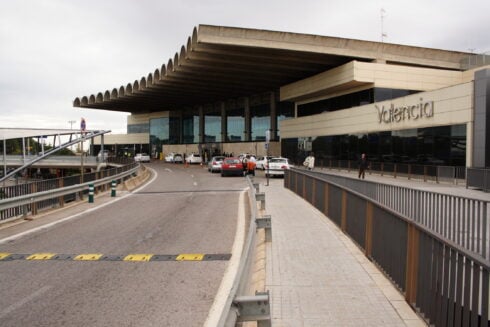SPANISH architecture usually makes one think of a Gaudi building melting into itself.
Either that or an intricate archway at the Alhambra, a honey-coloured farmhouse, or an ancient castle or two.
In other words, the mind’s eye does not jump to the 2022 World Design Capital of Valencia.
Valencia is the eighth World Design Capital with a proud and shouty programme of over 100 activities, bringing in 150 top level speakers, with 70 collaborations, across 25 venues and nearly 100 entities involved.
According to the World Design Organisation, Valencia has a ‘long-standing legacy in design’.
This legacy is clear in Valencia’s iconic structures like the Ciutat de les Artes, but runs deeper in the designs of people like Pepe Gimeno and in neighbourhoods like El Cabanyal.
Let’s take a look at the top 5 reasons why Valencia deserves to be the World Design Capital 2022.
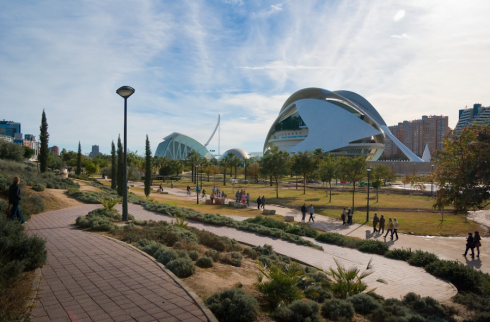
1. Parks – Parque del Rio Turia
In 1957 the city of Valencia suffered its biggest disaster in living memory.
The ‘gran riada’ of October 14 wrecked ground-floor houses, left high-watermarks still recorded until today and claimed a hundred lives.
Valencia’s government decided immediately that nothing like this could ever happen again to its people.
So in 1958 they decided to re-route the Turia river and build a massive urban park.
The Jardin del Turia today is Spain’s biggest – 100ha – and most visited urban park – over 3 million annually.
The urban oasis passes under all the city’s historic bridges and its 10km length is used by hundreds of joggers every day.
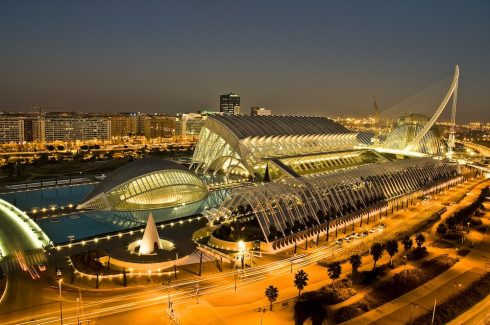
2. Modern Architecture – Ciutat de les Artes i les Ciences
The Jardin del Turia didn’t just create the country’s largest urban park, but also one of the 12 Treasures of Spain.
The Ciutat de les Artes i les Ciences was built in 1998 and just a few years later voted in as one of the 12 most defining buildings of all of Spain.
Using land on the embankment of the former Turia riverbed the complex combines the Palau de les Arts Reina Sofia, the Hemisferic planetarium, the Museu de les Ciences, the Umbracle garden walkway, the Oceanografic aquarium, the Montolivent bridge, the Assut de l’Or bridge and the Agora sporting plaza.
Each building deserves attention in its own right – the Oceanografic is Europe’s largest aquarium, and the cable-stayed Assut de l’Or bridge is the highest point in the city, for starters.
The complex reportedly cost over €900 million, but brings in €113 million each year and generates over 3500 jobs.
The Ciutat de les Artes i les Ciences is just one example of how Valencia breaks the mould of modern architecture.
British architect David Chipperfield also built the stunning Veles e Vents building in the port in 2005, as a new headquarters for the America’s Cup.
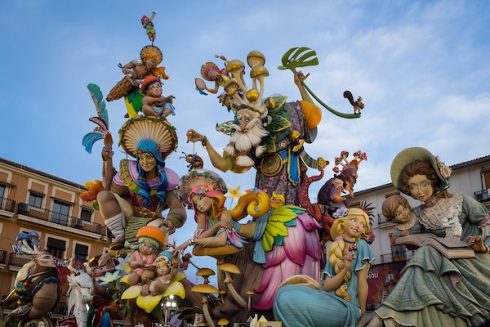
3. Art in Culture – Las Fallas
The festival of Las Falles is Valencia’s most beloved event.
Held every March the ‘mascleta’ pyrotechnic spectacle takes place every day between the 1 and 19 of the month.
That is, a UNESCO-recognised festival of outstanding art that all goes up in flames.
Each neighbourhood of Valencia has its own organisation (casal faller) that raises money all year to create one piece of art, called a falla.
These fallas are designed by top artists and regularly poke fun at politicians – in 2019 one falla consisted of Trump, Stalin, Hitler and Franco in the nude with micro-sized man parts.
The most stunning sculptures can win the prestigious Seleccio Especial, though any winner will still end up in flames.
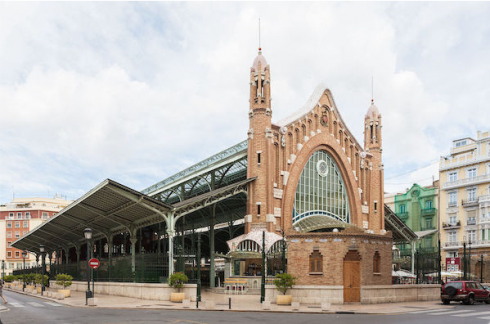
4. Modernist Valencia – Mercado de Colon
Early 19th century Valencia bequeathed the city a wealth of modernist-inspired buildings.
One of the most iconic is the Mercado de Colon, built by Francisco Mora Berenguer (1875-1961).
Mora studied at Barcelona’s top school of architecture and had direct contact with key players in the Catalan modernist movement, such as Antoni Gaudi.
Mora was even present during the construction of the Sagrada Familia’s ‘Portada del Nacimiento’, one of the first entrances to be built in 1893.
Returning to Valencia, Mora saw a hunger among Valencia’s bourgeoisie for their own modernist structures, and hence the Mercado de Colon was built in 1916.
The modernist market hall bears much resemblance to Gaudi’s own work, and features bright ceramics for which Valencian artists have been renowned for centuries.
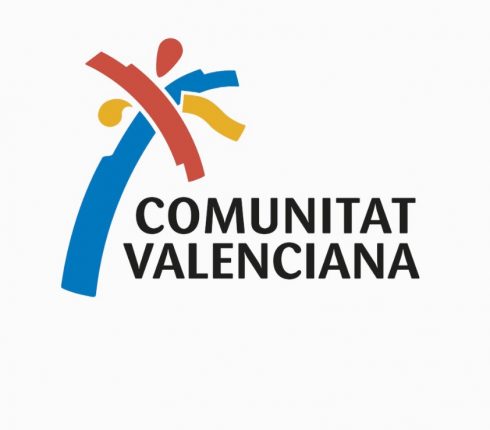
5. Famous designers – Pepe Gimeno
Any visitor to Valencia – and the whole Valencian Community for that matter – will have seen Pepe Gimeno’s work without ever knowing his name.
That’s because the palm tree logo of the Comunitat Valenciana is one of Gimeno’s designs.
He’s also behind the logos for the Banco de Valencia, leading Spanish sanitary ware producer Roca, the EMT Valencia bus service, the Valencian parliament (Corts Valencianes), the Metro Valencia, the Funacion Bancaja, and many more.
But Gimeno is also an artist in his own right.
His exhibitions are currently shown in the Instituto Valenciano de Arte Moderno and as far away as Merrill C. Berman collection in New York.
He’s won awards in everything from art, to typography, to packaging, to graphic design, as well as Spain’s prestigious Premio Nacional de Diseño 2020.
Gimeno is one of best examples of how Valencian designers have influenced art in Spain outside the gallery walls.
Click here to read more Olive Press Travel News from The Olive Press.

